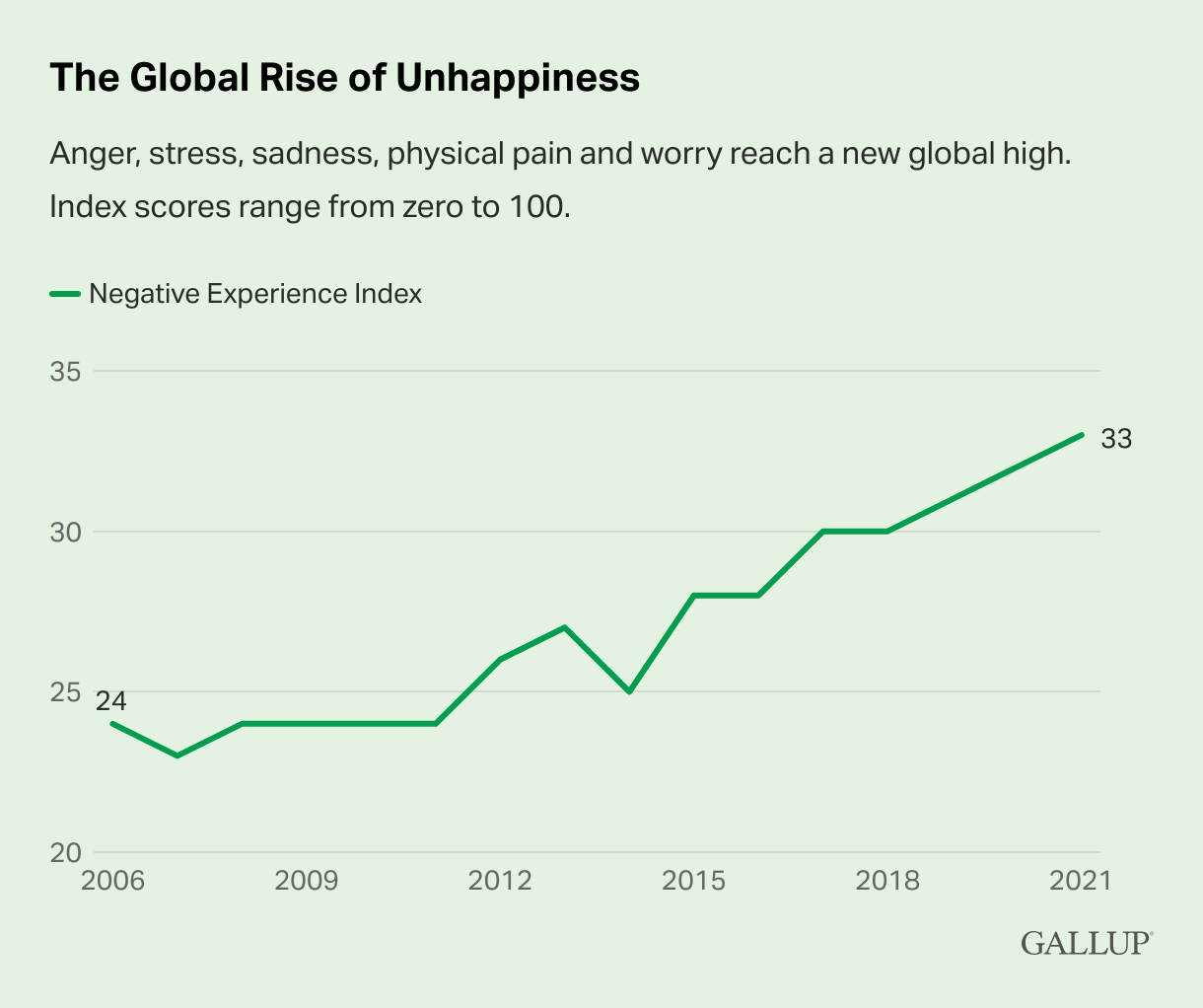The burgeoning international cost of living crisis is likely to increase the risk of civil unrest in 2023. For firms across the globe, this brings a heightened risk of damage to people, property, and threatens to undermine revenue. To minimise the impact, implementing effective crisis management strategies will be key.
Unstable ground
The global economy has taken somewhat of a battering in recent years.
Although the COVID-19 pandemic continues to recede, its disruptive after-effects remain, and have given way to stretched supply chains and shortages of key international commodities. The spread of disease, meanwhile, has brought about the decimation of labour markets, pushing essential services to breaking point.
War, too, has taken its toll. Prices of food and fuel have soared since Russia’s invasion of Ukraine in February 2022, piling yet more inflationary pressure upon governments already laden with significant post-pandemic debt. Furthermore, political polarization, the threat of extremism, and spread of disinformation further add to the likelihood of unrest globally.
Unhappiness is now at a record high with people feeling more anger, sadness, pain, worry and stress than ever before, according to analytics and advisory company Gallup.

Source: The global rise of unhappiness, Gallup (opens a new window)
Unrest on the horizon
It’s against this backdrop, that countries around the world are bracing themselves for an uptick in social unrest, including strikes, riots, and civil commotion.
According to research from global intelligence and cyber security consultancy S-RM, rising food prices are a particularly strong indicator of future global unrest (opens a new window), especially in developing countries. In recent years, this has proved largely true; in 2022, Argentina, Chile, Peru, and Sri Lanka all experienced outbreaks of unrest linked to living standards.
But developed countries aren’t immune, either. The UK has been gripped by strikes in recent months with nurses, ambulance staff, rail workers, and teachers all demanding a mix of better pay and improved working conditions. In the US, uncertainty regarding a looming recession in conjunction with the run up to the presidential election in November 2024 may create a mix that could lead to violent disorder on the scale of the George Floyd protests or the Capitol Riot.
In developed countries, the factors leading to unrest are usually more complex than in developing countries. Declining trust in the police (opens a new window) is one predictor – and, according to a 2021 IMF study, a track-record of previous turmoil is another (opens a new window). Wherever unrest does emerge, this suggests, more is likely to follow.
The increasing uptake of social media also plays a role, facilitating protestors’ efforts to mobilise in larger numbers, and across multiple locations.
Collateral damage
When it comes to businesses, instances of civil unrest threaten to extend firms’ risk profiles in several ways.
Although companies themselves may not be the target of protest, infrastructure and premises that coincide with protest routes, or outbreaks of randomised looting could nevertheless result in a heightened risk.
This may take the form of threat of injury to company personnel, coupled with material damage to company and personal property. In the case of the 2011 London riots, claims for loss and damage alone were estimated at £300 million (opens a new window). Disruption to operations and the associated lost revenue are another major concern.
When it comes to preparing for civil unrest, firms will have to draw upon tried-and-tested crisis management strategies in order to facilitate timely decision making.
Recommended actions may include:
Identifying response leaders within the organisation to coordinate risk management, security, and operations
Establishing a framework of escalation triggers and protocols, including security provisions, service reduction, restricted access, and resumption of operations
Educating employees and team members as to relevant response plans and security protocols
Prior to unrest, conducting regular examinations of company premises to identify vulnerabilities or unsecured areas
Ensuring adequate security to deter protest-related vandalism or malicious activity, including operational CCTV systems
Liaising with local authorities in advance to establish clear lines of communication an determine effective actions
Monitoring local news and social media for protest activity and threat level assessments
Installing physical barriers to limit building access and minimise damage in the event of an outbreak
Reviewing insurance policies in line with increasing signs of local unrest and making sure the correct cover is in place
For further information, please contact:
Martin Halls – Senior Broker War, Terrorism and Political Violence
M: +44(0)7385 415 436
E: martin.halls@lockton.com
William Ambidge – AVP War, Terrorism and Political Violence
T: +44 (0) 20 7933 2281
E: will.ambidge@lockton.com

